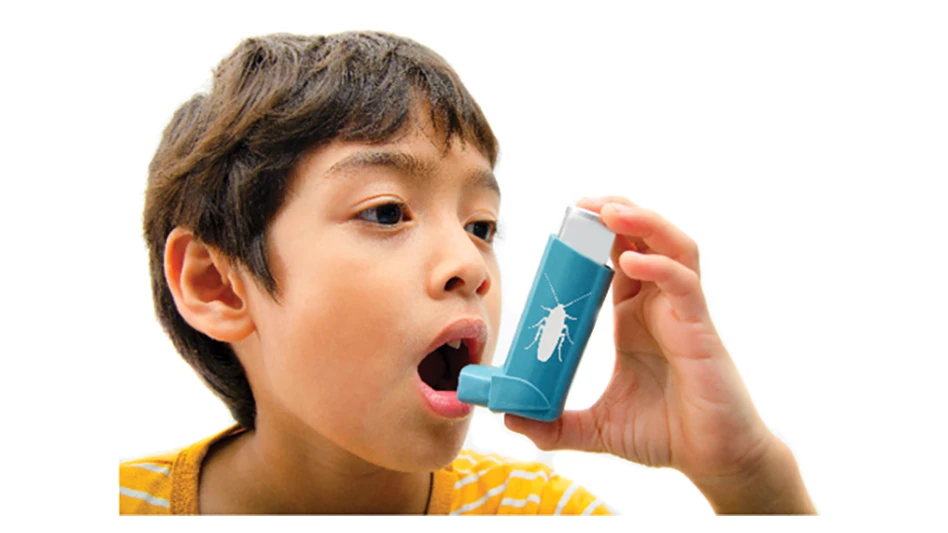Winter in areas of the United States with four seasons can be quite harsh on humans, animals and insects and their arthropod relatives. If bad winters sound discouraging, watch the award-winning movie March of the Penguins. Morgan Freeman narrates this epic adventure detailing the hardships Emperor penguins endure as they take their annual 100+ mile trip to find a mate.
In the Antarctic, every March since the beginning of time, their quest to start a family begins — a journey that will take them hundreds of miles across the continent, in freezing cold temperatures, in brittle, icy winds and through deep, treacherous waters. They risk starvation and attack by dangerous predators, under the harshest conditions on earth, all to find true love. It gets even better as the males stay behind with their hatchlings; the females trek back to feed and return with food for their family. You’ll be amazed how animals adapt to harsh winters. Of course insects and their arthropod relatives in the animal kingdom also must endure the extremes of winter and rebound every year in the spring, launching our annual hopes for a good year in pest control.
We know from experience that insects find a way to successfully complete this cycle each year, but how do they do this so efficiently and in a timely manner to get our phones ringing for service? Insects do not really “hibernate,” although this term is used commonly to describe their behavior. Insects actually go into a resting phase called “diapause.” Diapause is complex, so let’s break it down a little.
Diapause is a “sleep time” in which the organism does not grow. There are two kinds of diapause: “obligatory diapause,” which means that the animal or insect MUST do this at some stage in its development. It has no choice. “Facultative diapause” is when the animal goes to “sleep” because something bad is going to happen. This is different from other kinds of hibernation that happen AFTER something bad happens. With facultative diapause, the creature goes to sleep BEFORE the drought or cold weather. Diapause is the way insects adapt to the world around them. It happens a lot in places with limited food or water. It is a way for insects to live through droughts or lack of food, “sleeping” through the bad times and waking when things get better.
Insects might be active in the spring and dormant in the winter; or active in the rainy season and “sleeping” during drought conditions. Insects get warning signals a few times before they actually do anything about it. These warning signs might be days becoming shorter, lower temperatures or reductions in quality or quantity of food. This process is part of the genes in all insects. After a few warning-signal days, the female will lay “diapausing” eggs. These eggs will have their cycle from egg to adult stopped somewhere, but will continue when conditions get better for survival.
Most people make the mistake of assuming that super cold winters will kill off most insect and mite pests. Most insects and mites were around long before we humans began to consider them pests. Therefore, they have been subjected to many extremes and have developed mechanisms for avoiding being killed. In cold weather, insects and mites produce a type of anti-freeze in their bodies or locate in overwintering sites that do not actually freeze. These pests are rarely killed by the extremes of cold in their normal range unless a rare, super cold period is experienced.
Mild winters or winters with alternating warm and cold periods actually are more damaging to insects and mites than winters that get cold and stay that way. In essence, the insect or mite is “expecting” a period of cold and most have stored away fat and anti-freeze for such a period. If the temperatures are too high, the insects and mites must use up their stored energy or they may begin to convert their anti-freeze back into usable sugar.
SUNNY DAYS.Insects can show up during winter months, especially during a warm, sunny day. This happens because a lot of insects will migrate into buildings and overwinter on the southern exposure side of the building. Temperature regulation on the southern side gives them protection from freezing and sub-freezing temperatures that could kill them over a week or so of exposure.
Let’s look at activity levels of some insects over the winter. At 50°F, female mosquitoes are actively seeking warm-blooded hosts for a blood meal. We’ve all seen cluster flies and ladybird beetles emerge in the coldest of winter months during a bright sunny day. How many times have you come back at night and seen insects flying around your outside porch light, wondering how these insects are going to survive? Many species of ants are active during the winter. Outdoors, the most active ants in winter seem to be leaf cutter ants. They strip vegetation from plants ranging from evergreens, to trees, to ball moss — yes, ball moss! In the Northeast, we frequently see carpenter ants “sleeping” in firewood or under bark.
Termites are active year-round in most four-season areas, especially in homes and structures with heat systems close to the soil. We may not see much termite activity outside in the cold winter months; but inside activity is commonly found during the winter months.
ANTS & FLIES.Ants found inside during the winter months mean one thing: the structure has an indoor colony, probably a satellite colony. Carpenter ants commonly are found during wood-destroying insect inspections for real estate transfers during the winter months. In some states they are considered a WDI and should be treated much like a termite infestation. This is a business opportunity for PMPs who have real estate work in their business plans.
Flies — such as house flies — also present business opportunities for PMPs in the winter months. If a restaurant has flies in the winter months, I know they are breeding indoors. This tells me the restaurant is dealing with a sanitation issue.
SALES OPPORTUNITIES.Just because it’s cold outside doesn’t mean we don’t have sales opportunities — actually, just the opposite is true. Insects, especially those that are the mainstay of our business, can be active during the winter months. And, since we do not have the demands of the “busy season” on us, we can take a little more time to find and sell those ant, termite and fly jobs during the winter months; it just may take a little education on our part to inform customers of why they need us now.
As for those Emperor penguins I mentioned early on in this article, they actually need a long, harsh Antarctic winter in order to find a mate and raise a family. They travel more than 100 miles to the exact place they were born to find their perfect mate and have their offspring. I could tell you why they do this but I would rather you see the movie and find out for yourself. I promise you’ll have a better respect for our mild winters where you live (compared to what you’ll see in the Antarctic) and you will absolutely be amazed by the life of the Emperor penguin.
Copesan is an alliance of pest management companies with locations throughout North America. To learn more, visit www.copesan.com.
Explore the December 2015 Issue
Check out more from this issue and find your next story to read.
Latest from Pest Control Technology
- How to Get Rid of Odorous House Ants
- Massey Services Promotes Herndon to Director of Sales for Multi-Family Division
- NPMA Announces First Recipients of NPMA PRO Certified Credential
- Pestmaster of the Hudson Valley Acquires Catskill Animal Damage Control
- Photo Slideshow: Ant Identification Tips
- Video: Top 10 PCT Photo Contest Finalists
- UF/IFAS Study Reveals Boats as Perfect Vessels for Global Termite Spread
- Pest Control Consultants (Iowa) Earns Pinnacle Performance Award





